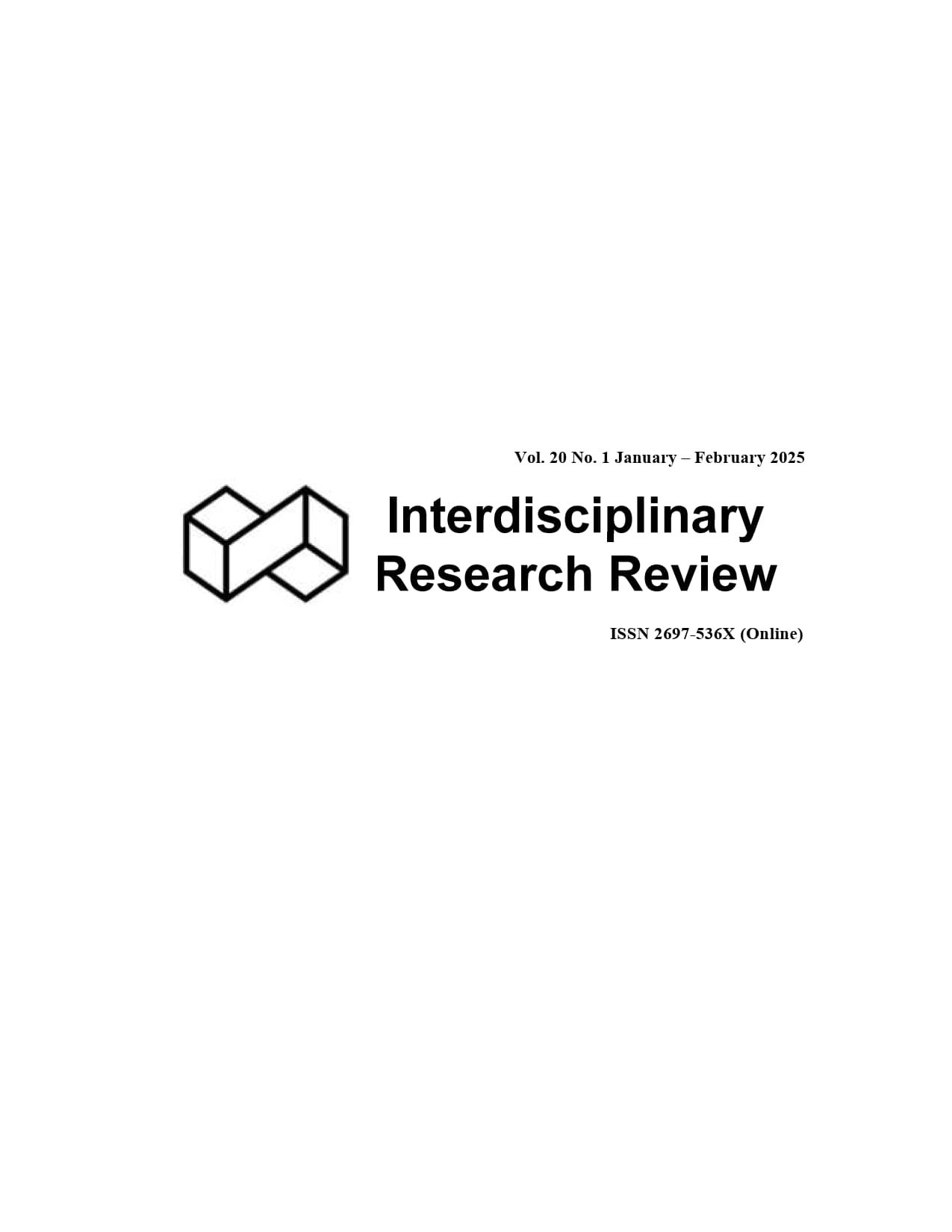Climate Trend Analysis Using Mann-Kendall and Sen’s Slope Estimator Tests in Central Luzon, Philippines
Main Article Content
Abstract
The climatological factors of rainfall, temperature, relative humidity, and wind speed were analyzed to determine the climate trend over the last 41 years in Central Luzon, Philippines. The non-parametric Mann-Kendall (MK) and Sen's Slope Estimator (SSE) tests were utilized to the annual and monthly datasets from 1980 to 2021 in the seven synoptic weather stations across the region. The annual temperature exhibited a highly increasing trend in all the synoptic stations. The temperature significantly increased in the months of May, November, and December throughout the region. This trend suggests that Central Luzon will become warmer in the coming years. The relative humidity decreased annually in Central Luzon and in all months in Casiguran. The Baler Radar, Cabanatuan, and Iba stations experienced a downward trend in wind speed, while Casiguran exhibited an upward trend. The annual rainfall showed no significant increase or decrease, but an increasing trend in December in Casiguran and a decreasing trend in May in Cubi Point were observed. The climate trend analysis indicates that the region is facing climate change. These significant trends may lead to severe weather events such as droughts and heatwaves, which can negatively impact the agricultural sector. Further studies are necessary to investigate the causes of the increasing temperature trend and the decreasing relative humidity trend and their potential effects on the local and regional climate.
Article Details

This work is licensed under a Creative Commons Attribution-NonCommercial-NoDerivatives 4.0 International License.
References
National Geographic Society. (2022). All about climate. National Geographic. https://education.nationalgeographic.org/resource/all-about-climate
Turrentine, J. & Denchak, M. (2021). What is climate change? NRDC.org. https://www.nrdc.org/stories/what-climate-change
Rae, A. (2014). Trend analysis. Encyclopedia of Quality of Life and Well-Being Research, 6736–6736. https://doi.org/10.1007/978-94-007-0753-5_3062
Silva, R., Santos, C., Moreira, M., Corte-Real, J., Silva, V., & Medeiros, I. (2015). Rainfall and river flow trends using Mann–Kendall and Sen’s slope estimator statistical tests in the Cobres River basin. Natural Hazards: Journal of the International Society for the Prevention and Mitigation of Natural Hazards, 77(2), 1205–1221. https://doi.org/10.1007/s11069-015-1644-7
Aditya, F., Gusmayanti, E., & Sudrajat, J. (2021). Rainfall trend analysis using Mann-Kendall and Sen’s Slope estimator test in West Kalimantan. IOP Conference Series: Earth and Environmental Science, 893(1). https://doi.org/10.1088/1755-1315/893/1/012006
Agbo, E. P., & Ekpo, C. M. (2021). Trend analysis of the variations of ambient temperature using Mann-Kendall test and Sen’s Estimate in Calabar, Southern Nigeria. Journal of Physics: Conference Series, 1734(1), 012016. https://doi.org/10.1088/1742-6596/1734/1/012016
Aswad, F., Yousif, A., & Ibrahim, S. (2020). Trend analysis using Mann-Kendall and Sen’s Slope estimator test for annual and monthly rainfall for Sinjar District, Iraq. The Journal of the University of Duhok, 23(2), 501–508. https://doi.org/10.26682/csjuod.2020.23.2.41
Diop, L., Bodian, A., & Diallo, D. (2016). Spatiotemporal trend analysis of the mean annual rainfall in Senegal. European Scientific Journal, 12(12), 231. https://doi.org/10.19044/esj.2016.v12n12p231
Esayas, B., Simane, B., Teferi, E., Ongoma, V., & Tefera, N. (2019). Climate variability and farmers’ perception in Southern Ethiopia. Advances in Meteorology, 1–19. https://doi.org/10.1155/2019/7341465
Tabari, H., Taye, M. T., & Willems, P. (2015). Statistical assessment of precipitation trends in the upper Blue Nile River Basin. Stochastic Environmental Research and Risk Assessment, 29(7), 1751–1761. https://doi.org/10.1007/s00477-015-1046-0
Cinco, T. A., De Guzman, R. G., Hilario, F. D., & Wilson, D. (2014). Long-term trends and extremes in observed daily precipitation and near surface air temperature in the Philippines for the period 1951–2010. Atmospheric Research, 145–146, 12–26. https://doi.org/10.1016/j.atmosres.2014.03.025
Cruz, F., Narisma, G., Villafuerte, M. Q., Chua, K. U. C., & Olaguera, L. M. (2013). A climatological analysis of the southwest monsoon rainfall in the Philippines. Atmospheric Research, 122, 609–616. https://doi.org/10.1016/j.atmosres.2012.06.010

